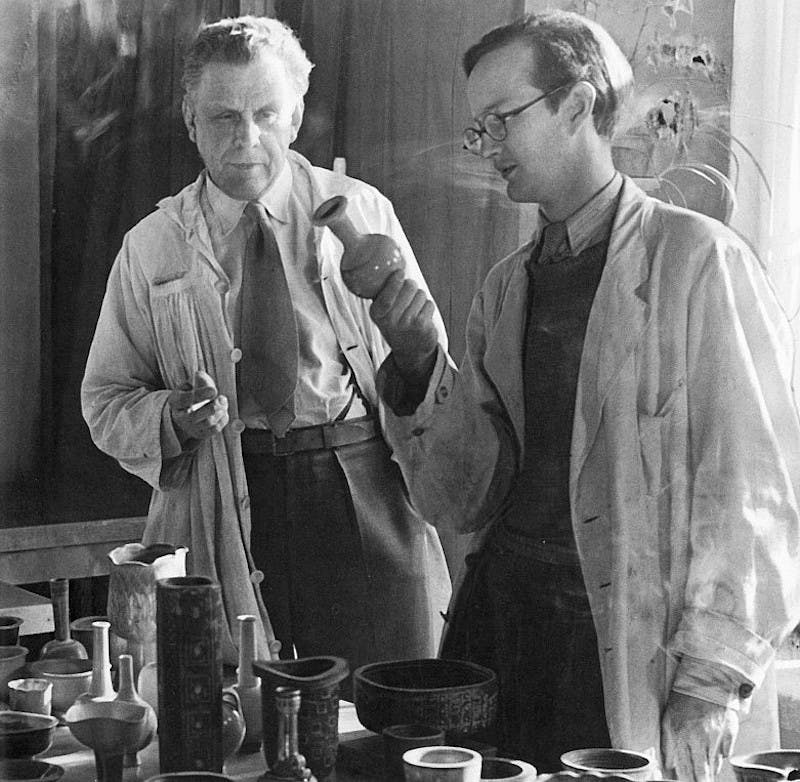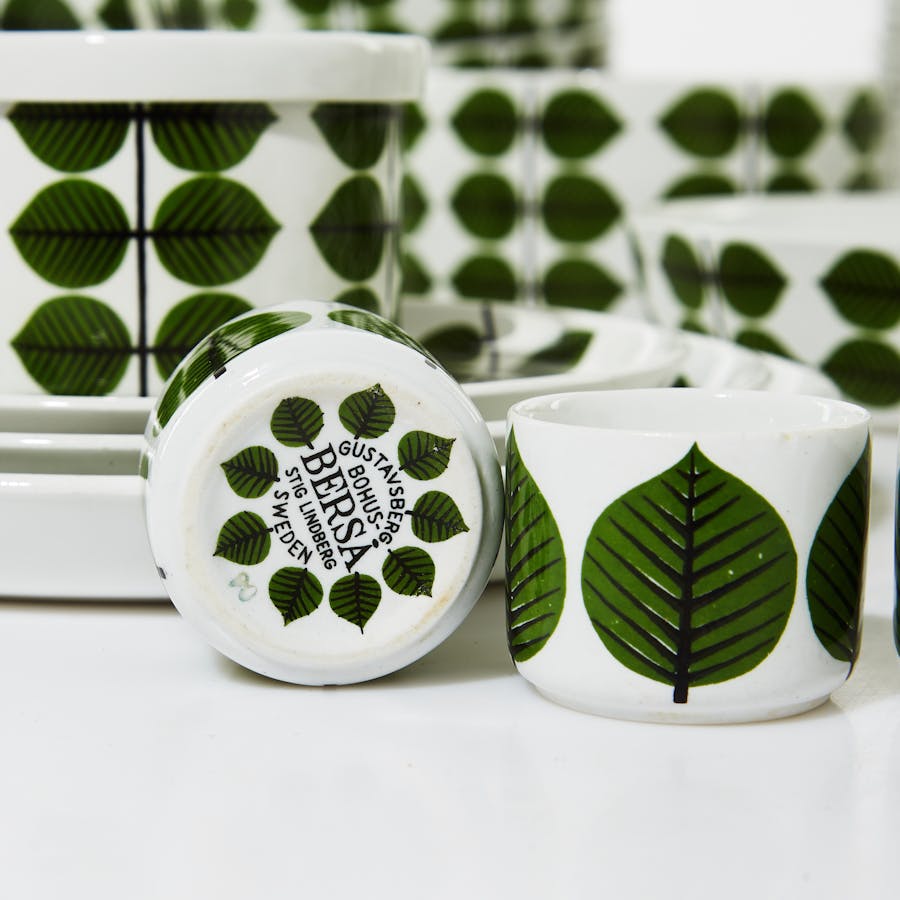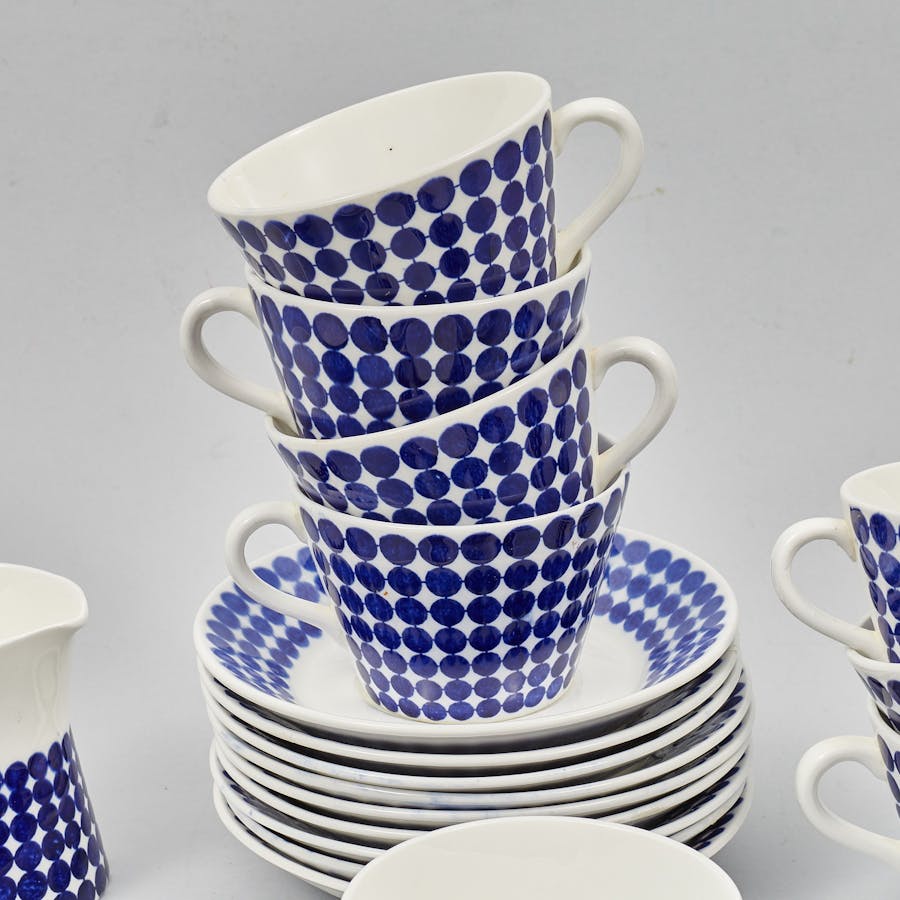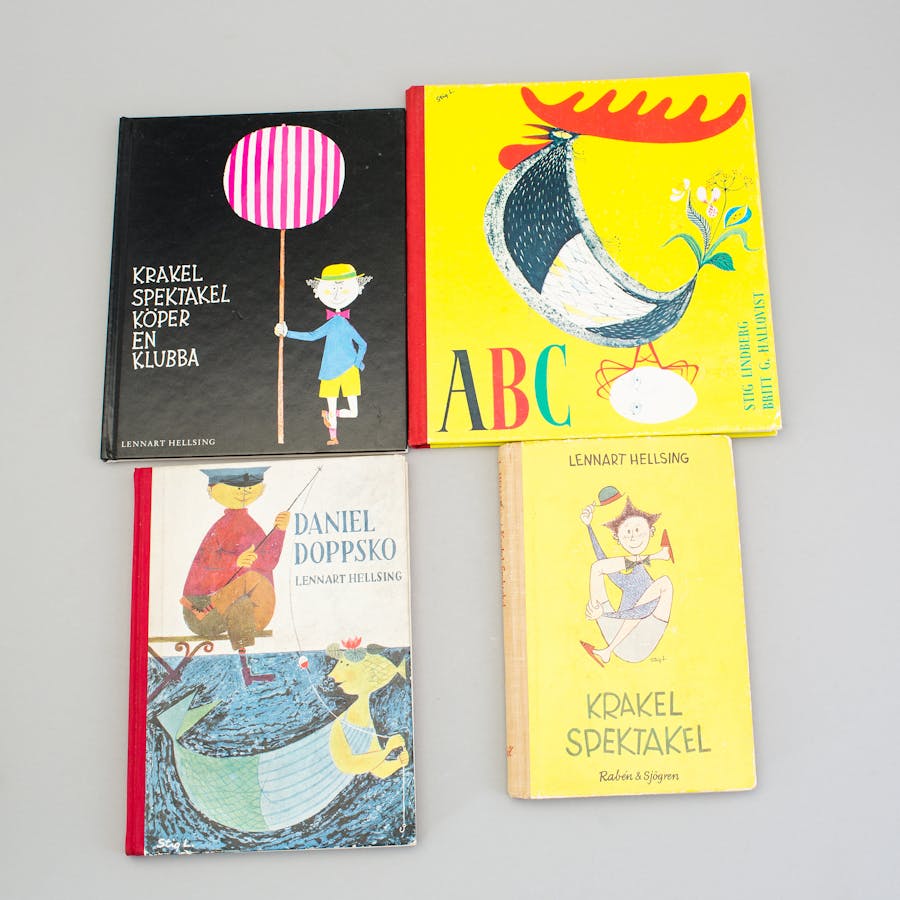Stig Lindberg: Endlessly Playful Design
Playful, inventive, versatile, and modern - all qualities belonging to the popular designer who put color and pattern in the Swedish folk home.
When 21-year-old Stig Lindberg walked into the Gustavsberg porcelain factory on a June day in 1937 looking for a summer job, he was greeted by a factory that was close to bankruptcy. With a cheeky "if you hire me, I'll make sure there's work at the factory", he managed to persuade the then-manager Axel Odelberg to give him a summer internship. And Mr Odelberg had no regrets. In the two months that followed, Stig Lindberg managed to impress Gustavsberg's artistic director Wilhelm Kåge, and after the summer he was offered a position as Kåge's apprentice.

Related: 5 Things You Didn't Know About Ceramics
Today we are glad that Stig Lindberg was so confident that summer day. When Wilhelm Kåge stepped down as artistic director at Gustavsberg in 1948, Stig Lindberg took the helm, and during his years at the porcelain factory he designed many of the most beloved dinner services. These include Berså, Spisa Ribb, and Adam, which have recently returned to production at Gustavsberg. With his distinctive and imaginative designs, he brought color and a new playfulness to the otherwise rather drab Swedish folk home, while managing to create a timeless design that is as modern now as it was then.

Berså by Stig Lindberg is perhaps one of the most beloved and ever-popular decorative designs produced in Sweden during the 20th century. In fact, the decor was actually designed by Krister Karlmark, who was Lindberg's assistant, but as was customary at the time, it was launched in the master's name. As a dinner service, the series was produced between 1961 and 1974, but has been back in production at Gustavsbergs Porslinsfabrik since 2005. Today, Berså adorns not only porcelain, but also textiles and wallpaper, among other things.
Related: Ceramics 101: British Studio Pottery
The Domino series of art objects was launched at the major international H55 exhibition in Helsingborg in 1955 and was produced until 1969. The series included ashtrays, vases, and bowls. They were usually in a black and white pattern, but also came in yellow-brown, yellow, and blue.

The Adam dinnerware model was first in production between 1959 and 1947, but is one of the model that Gustavsberg has put back into production and has been producing since 2005. Stig Lindberg made a similar collection named Eva, but unlike Adam, it has a red background and white dots.
Related: Barnebys' Guide to Vintage Scandinavian Design
Another decoration that is back in production is Salix, which first saw the light of day in 1954 and was produced until 1970. The pattern depicts willow leaves, from which the decoration also takes its name - Salix means 'willow tree' in Latin.

Want more articles like this delivered straight to your inbox? Subscribe to our free newsletter!
The playful and somewhat surreal Carnival series was introduced in 1957 and production began the following year. In total, it consists of 32 different pieces, including wall plates, barrels, vases, and ashtrays.

It is not for nothing that he is called a "thousand artist" – Stig Lindberg not only designed tableware and art objects, but also sculptures, glass, plastic vessels, graphics, and textiles. The illustrations in author Lennart Hellsing's children's books about Krakel Spektakel and Cousin Vitamin from the 1940s are by him. He was also involved in industrial design, designing, for example, a television with a rotating screen in 1959 for Luma, for whom he also made a transistor radio.
In short, Stig Lindberg was a highly productive and imaginative designer whose models live on long after his death and inspire artists to this day.


